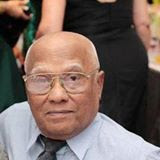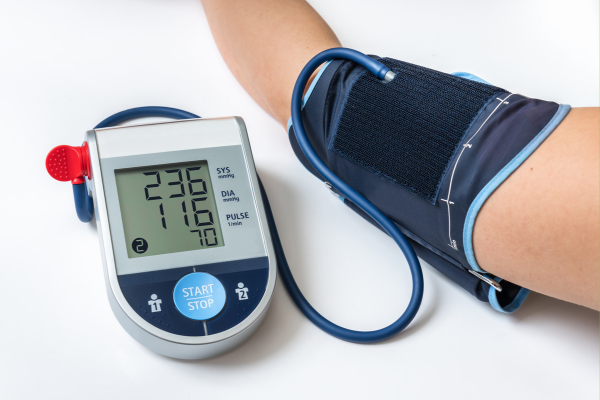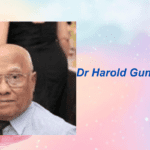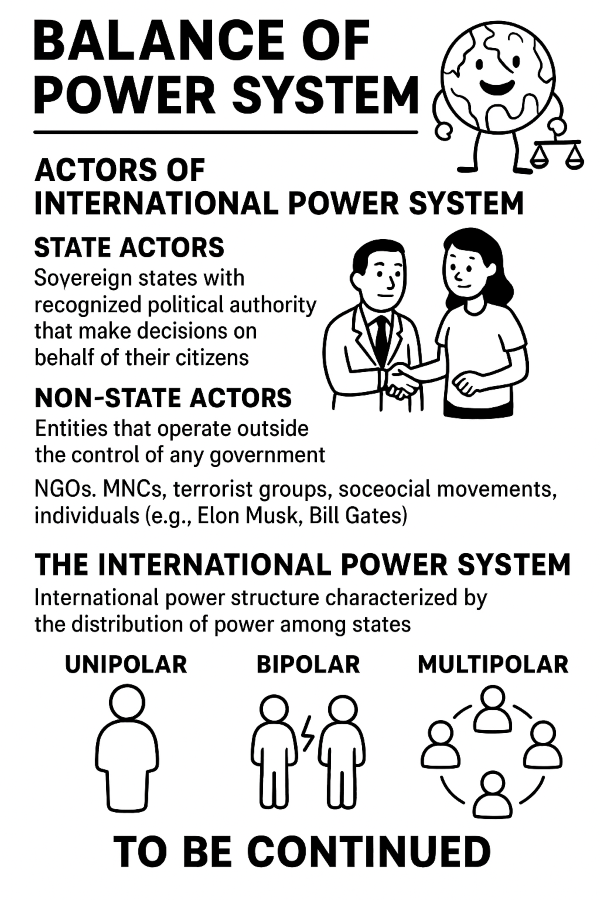Mechanisms of Action of Drugs for High Blood Pressure – By Dr Harold Gunatillake-Order of Australia FRCS, FICS, FIACS, AM(Sing), MBBS(Cey)


The Mechanism of Action of Drugs for High Blood Pressure is a crucial topic that empowers individuals to take control of their health. By understanding how these drugs work, you can make informed decisions that positively impact your well-being. High blood pressure often develops as people age, particularly after age 60. It is mainly caused by artery thickening, referred to as arteriosclerosis. This condition, not to be confused with atherosclerosis, which involves plaque formation within the arteries, is influenced by factors such as age, lifestyle, diet, physical inactivity, uncontrolled diabetes, and stress. This underscores the crucial role of healthy living in preventing high blood pressure.
As a result of these detrimental changes, the heart is forced to work harder throughout a lifetime, leading to increased pressure for the distribution of oxygenated blood and nutrients. The pressure the heart creates when it pumps the blood is called blood pressure. Pulses are also felt as the artery increases in size when the blood is pumped from the heart. This is referred to as pulse pressure. Arteries with high pressure always have a higher risk of breaking and resulting in failure (Heart Failure or Congestive heart failure (CCF), which is not good. Before the heart goes into
failure, the muscles, especially in the left ventricle, which pumps blood out, become enlarged (hypertrophy), well seen on plain X rays like a boot shape. Understanding the concept of pulse pressure and its implications for heart health is crucial in understanding the risks associated with high blood pressure.
Understanding that blood pressure below 130/70 mmHg is considered normal is vital. The current consensus is that the pressure should be lowered to systolic 120mmHg and diastolic 60- 70mmHg. If your blood pressure is 130/90 mm Hg or higher, you have a condition known as hypertension, and it’s crucial to seek treatment. Early detection and treatment of hypertension play a proactive and responsible role in significantly reducing the risk of heart disease, stroke, kidney failure, and eye damage. If you are overweight, remember that losing weight to the required range with dietary changes and daily exercise alone can be effective without the need for medication and its potential side effects. This underscores the hopeful and optimistic role that lifestyle changes can play in managing high blood pressure. Learning that our kidneys are crucial in raising blood pressure when needed and that medications are prescribed to counteract and lower blood pressure is fascinating. Understanding this aspect of our body’s function can make us feel more knowledgeable and in tune with our health.
When blood reaches the kidney, it senses and helps the body control blood pressure. Put another way, when you raise blood pressure, your body holds water and reduces it in the urine. In other words, the kidney tells blood vessels to shrink during stress to increase blood pressure. The hormones renin, angiotensin, aldosterone, norepinephrine, and others produced by the kidney will make the blood vessels retain the water and blood, narrowing the vessels’ diameter and raising the blood pressure. The renin-angiotensin-aldosterone system (RAAS) is a critical regulator of blood volume, electrolyte balance, and systemic vascular resistance.
Renin is an enzyme made by special cells in your kidneys. It’s part of the renin-angiotensin-aldosterone system — a chain reaction to
regulate blood pressure. Precisely, renin controls aldosterone production, a hormone made by your adrenal glands. Aldosterone (ALD) is a hormone that helps regulate blood pressure by managing sodium (salt) and potassium levels in the blood and impacting blood volume. Having too much or too little aldosterone in the body can cause health issues.
Angiotensin is a hormone that helps regulate your blood pressure by constricting (narrowing) blood vessels and triggering water and salt (sodium) intake.
Now that we understand the RAAS system let’s discuss how ACE inhibitors and ARB drugs reduce blood pressure.
Examples of ACE inhibitors include:
Benazepril (Lotensin).
Captopril.
Enalapril (Vasotec).
Fosinopril.
Lisinopril (Zestril).
Moexipril.
Perindopril.
Quinapril.
You may be taking one of these drugs to reduce your blood pressure.
Angiotensin-converting enzyme (ACE) inhibitors are medicines that help relax the veins and arteries to lower blood pressure. ACE inhibitors prevent an enzyme in the body from making angiotensin 2, a substance that narrows blood vessels, from angiotensin 1.
Specifically, renin promotes angiotensinogen produced in the liver to form angiotensin1.
Angiotensin-converting enzyme (ACE) prevents angiotensin one from converting into angiotensin 2, constricting blood vessels. So, the drug ACE inhibitors( list given earlier) prevent angiotensin1 from being converted to angiotensin11, thus preventing angiotensin two from constricting blood vessels, which increases blood pressure.
Now you know how ACE inhibitors lower your blood pressure. I hope that is very clear.
Now, what are ARB drugs? ARB stands for Angiotensin Receptor Blockers. These drugs block the production of angiotensin11, which constricts blood vessels and thus lowers blood pressure. They include irbesartan, valsartan, losartan and candesartan. If the name of a medicine ends in ‘sartan’, it is an ARB. So, remember that angiotensin11 is the troublemaker. ACE inhibitors prevent an enzyme from forming angiotensin11, and ARB blocks the receptors that form angiotensin11, thus lowering your blood pressure.
So, your doctor may have prescribed an ACE inhibitor or ARB to lower your blood pressure.
Calcium Channel Blockers
These are the other popular antihypertensive drugs, invariably combined with an ACE inhibitor or ARB.
How do CCBs work? CCBs reduce the amount of calcium entering cells of the heart and blood vessel walls. This is significant because calcium is necessary to contract the muscular linings of blood vessels throughout your body (for example, the arteries that supply your heart with oxygen).
Examples of calcium channel blockers include:
Amlodipine (Norvasc).
Diltiazem (Cardizem, Tiazac, others).
Felodipine.
Isradipine.
Nicardipine.
Nifedipine (Procardia).
Nisoldipine (Sular).
Verapamil (Verelan).
If your doctor has prescribed two medications to lower your blood pressure, you may also be taking one of these.
Types of Drugs for High Blood Pressure
2.1. Diuretics
2.2. Beta-Blockers
2.3. ACE Inhibitors
2.4. Calcium Channel Blockers
2.5. Angiotensin II Receptor Blockers
- Mechanisms of Action
3.1. Diuretics – Sodium and Water Excretion
3.2. Beta-Blockers – Decreased Heart Rate and Contractility 3.3. ACE Inhibitors – Inhibition of Angiotensin-Converting Enzyme 3.4. Calcium Channel Blockers – Vasodilation and Reduced Heart Rate
3.5. Angiotensin II Receptor Blockers – Blockade of Angiotensin II Receptors
Risk Factors and Complications
High blood pressure is highly prevalent in developed countries. In the USA, approximately 100 million people aged 18 or older have the disease, which accounts for 45.3% of this population. It is often undiagnosed until complications arise, with only 68.7% of people with high blood pressure being aware of their condition. While 62.4% are treated for the condition, only 45.2% have their blood pressure well controlled, leading to an increased frequency of complications and high healthcare costs. Uncontrolled high blood pressure can last for years and increases the risk of stroke, heart attack, renal failure, heart failure, and sudden death. It is estimated that about 90% of individuals at risk will have associated disease by age 80. The two forms of hypertension are primary hypertension, which occurs in 90% of the hypertensive population and has no identifiable cause, and secondary hypertension.
End























